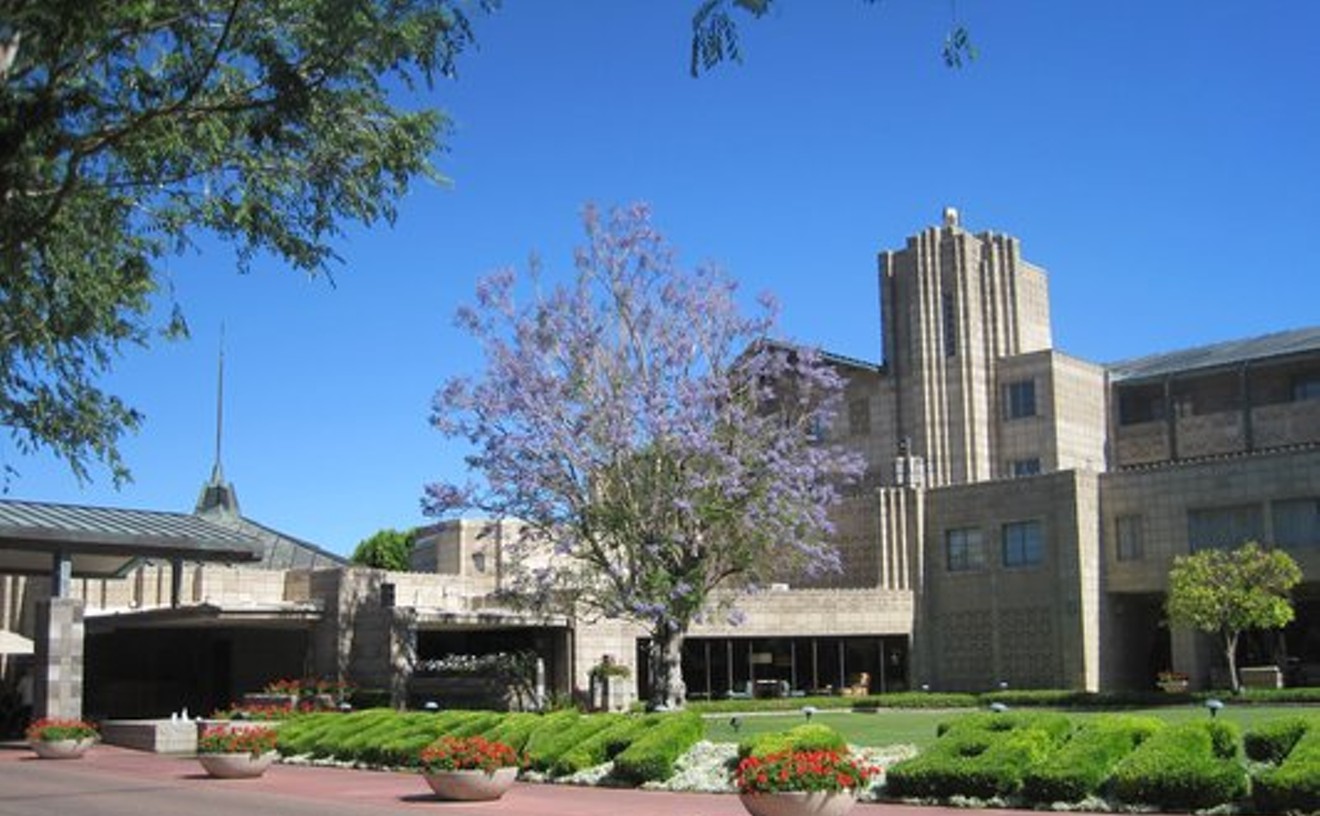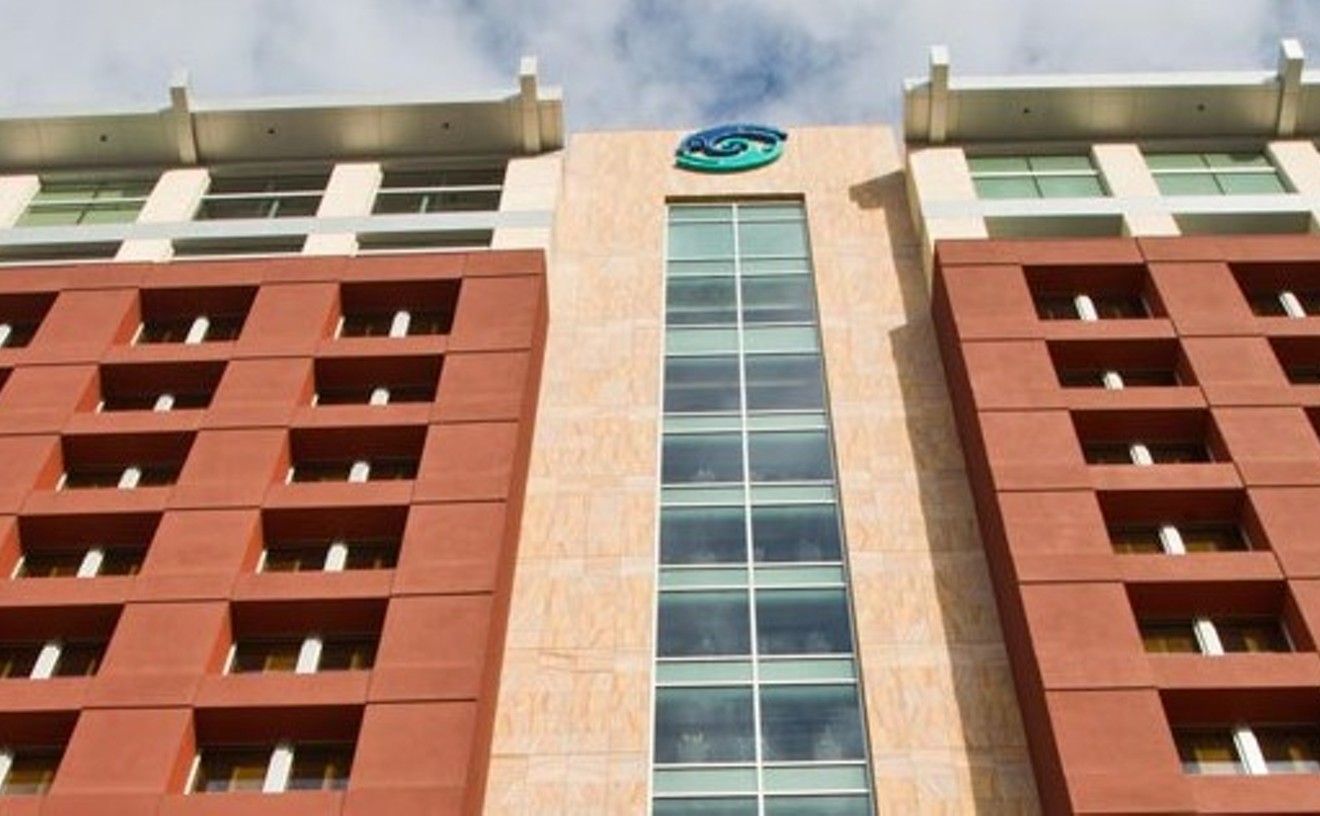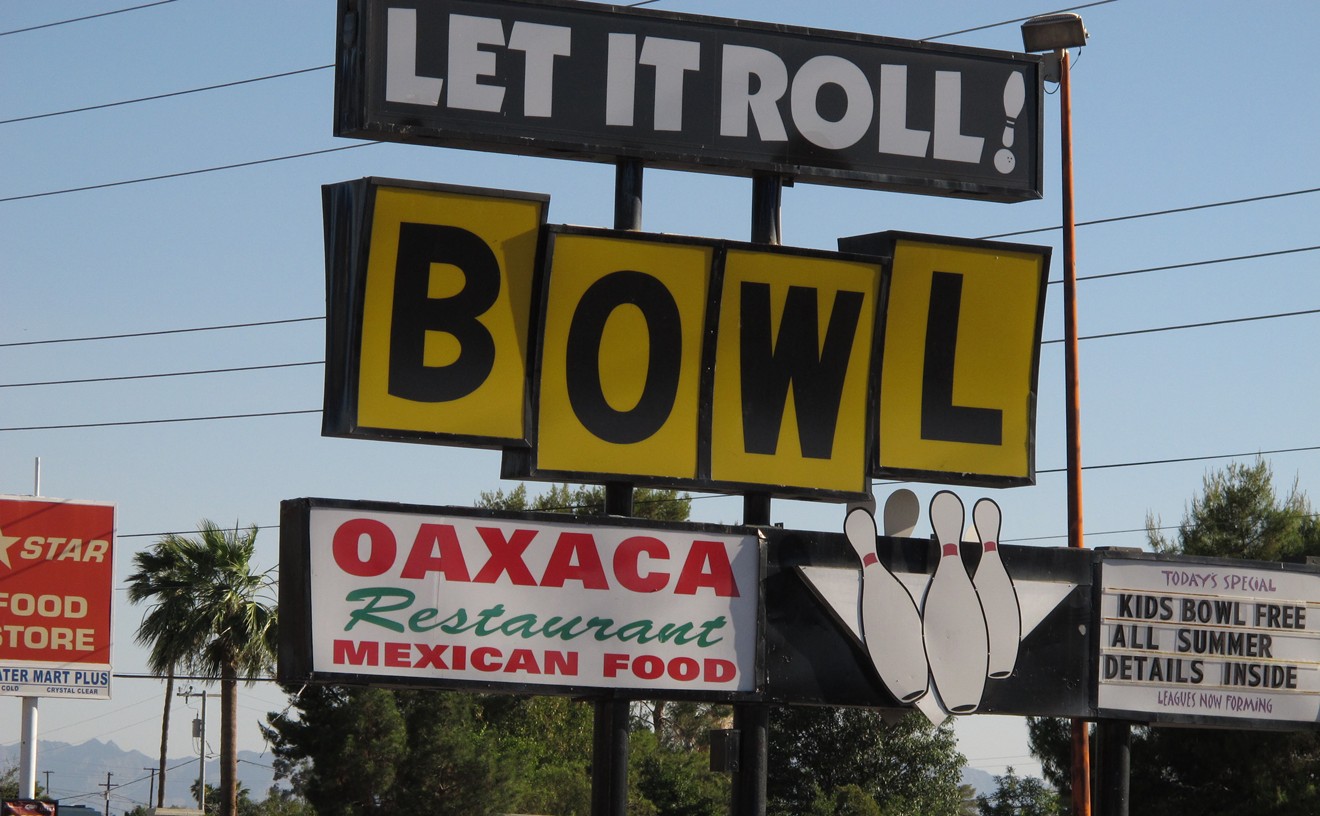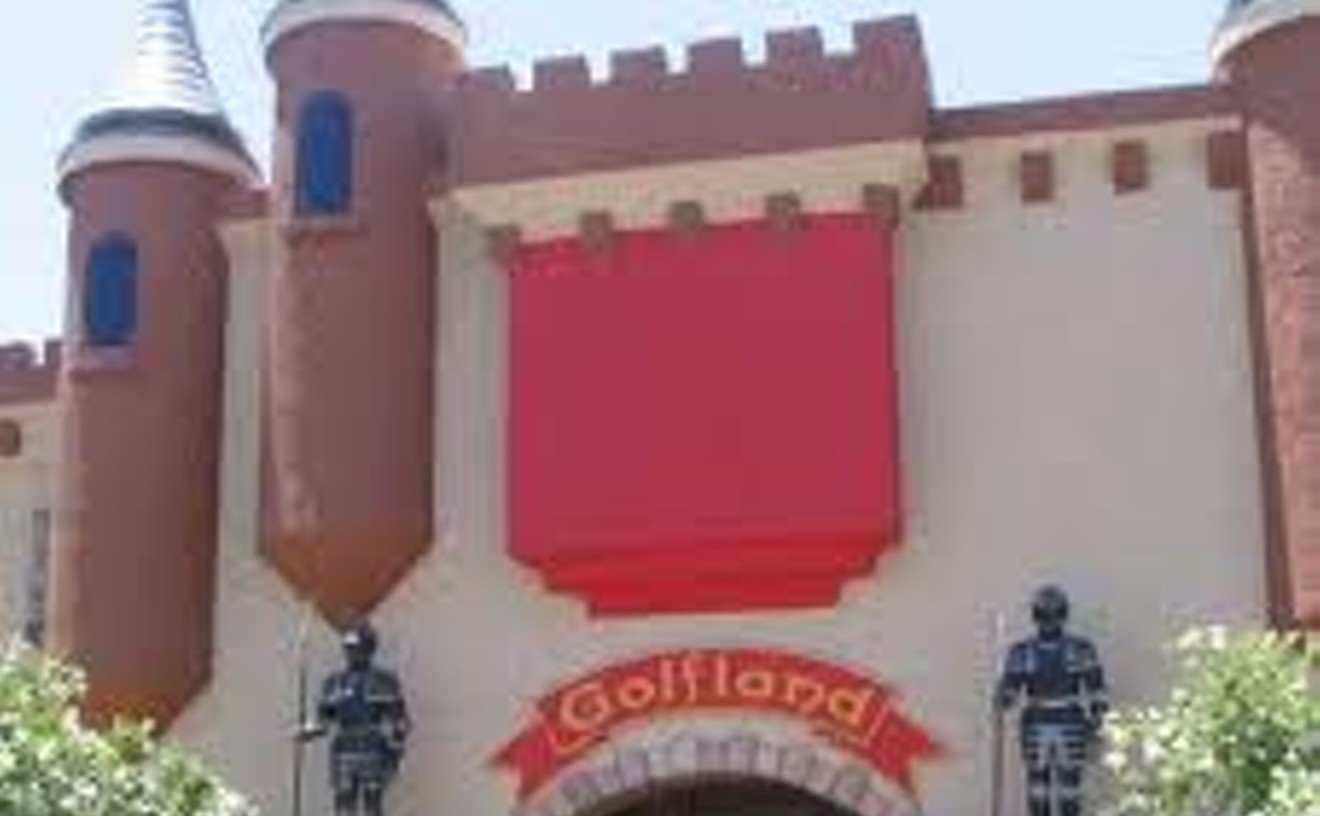The Sun Devils men's basketball program has been in shambles for years. In fact, it's hard to remember a time when it wasn't. Despite a few luminaries, such as the bearded one, James Harden, having toiled for the Devils, there's been nothing memorable about the ASU program: never won an NCAA championship, never even been in the Final Four. The last time they were in the Sweet 16 was 1995, when they lost 97-73 to Kentucky. Over nine years, vaunted coach Herb Sendek only got ASU to the NCAA tournament twice, and his teams lost in the first and second rounds. Now comes legendary Duke point guard Bobby Hurley as Sun Devils head coach. Hurley, who led the Blue Devils to back-to-back national championships in 1991-92, brings instant viability to the ASU program. For two seasons, he was head coach at the State University of New York at Buffalo, where his Bulls posted 19-10 and 23-10 records and won the Mid-American Conference Men's Basketball Tournament. Though he spent five years in the National Basketball Association, he had a lackluster professional career after getting picked seventh by the Sacramento Kings in the 1993 league draft, largely because he never was the same on court after an automobile accident that almost killed him during his rookie year. But he was a luminary in college: Hurley was named most outstanding player in the '93 Final Four. At 1,076, the NCAA assists record still belongs to Hurley, who knows better than anyone what it takes for young men to achieve athletic greatness. Though none have done it before, he has a chance to achieve coaching greatness at ASU.
Best Sports Genius Who Got Away
Steve Kerr
Steve Kerr never started an NBA game but had pivotal roles with the Chicago Bulls and the San Antonio Spurs, playing on five championship teams. Um, Michael Jordan loved the guy, trusted him with the ball at the end of close games. Kerr made a couple of the most famous buzzer-beaters in NBA history. Once general manager of the Phoenix Suns, Kerr is the head coach who got away. In his first year as an NBA head coach with the Golden State Warriors, damned if his team didn't win this year's championship against the best player in the league, LeBron James, and his Cleveland Cavaliers — giving Kerr his fifth ring. The former University of Arizona standout was blessed with the best point guard in the league in Steph Curry and a great shooting guard in Klay Thompson, but it's what he did with the rest of the team that made the difference. Case in point: Andre Iguodala. Also a onetime Wildcats starter, Iguodala's best days seemed behind him, but Kerr had the good sense to recognize a man on a mission and give the veteran small forward enough playing time for AI to win the NBA Finals' Most Valuable Player Award. Iguodala played lights-out defense against James, holding the superstar to making 38 percent of his shots from the field. And in clinching the series for the Warriors in Game 6, AI tallied 26 points, five rebounds, and five assists. This after coming off the bench until Game 4 of the series. Kerr, aided by former Suns Coach Alvin Gentry as an assistant, decided to play a small lineup most of the time against the Cavs, and it paid off with the Warriors' wearing down James' bigger squad. Wonder how Eric Bledsoe and since-traded Goran Dragic would've done here with Kerr as their coach. Maybe they'd have been the Splash Brothers instead of Curry and Thompson.
Best Place to See a Spring Training Game
Scottsdale Stadium

Over the past few years, something of a stadium arms race has developed among Cactus League teams, which are constantly building bigger and more elaborate stadiums across the Valley. Though these new ballyards certainly are impressive, they aren't necessarily better. There's something about Scottsdale Stadium, the spring training home of the San Francisco Giants, that just makes it better than the rest. Maybe it's the location, where you're within walking distance of postgame burgers and beers in Old Town Scottsdale. Maybe it's the energized crowd, which roots for a team that's won three World Series championships in the past five years. Maybe it's the fact that Scottsdale Stadium is becoming something of a classic Cactus League ballpark, if there is such a thing. Or maybe it's something else. All we know is, it's where you want to watch spring training.
- 7408 E. Osborn Rd., Scottsdale, 85251 Map
- 480-312-2586
- www.scottsdaleaz.gov/stadium/
Best Hotel Pool
Arizona Biltmore

The Biltmore is the epitome of the Arizona dream. The entire campus is an idyllic getaway; the architecture is designed so ingeniously that you forget you're in the middle of one of the biggest cities in the country the instant you step in the door. It makes relaxing at one of the hotel's three pools nothing but a relaxing getaway from the smog and the endless sprawl and the hustle of Phoenix. The fabulous Frank Lloyd Wright-inspired vistas will make you happy to drop $15 on a martini as you dip your toe into the lifestyle of the rich and famous.
- 2400 E. Missouri Ave., Phoenix, 85016 Map
- 602-955-6600
- www.arizonabiltmore.com/spa/
Best Water Park
Big Surf
At 13, we rode our 10-speed to Big Surf in Tempe with a friend on one of the hottest days of the year and suffered from a small bout of heat exhaustion, vomiting what little breakfast we'd had on the side of McClintock Drive. With only enough money to get in, we quenched our thirst from the water fountain and ate ketchup from our fingers, pretending we had fries to go along with it. It was one of the best days ever. We took our pilfered rafts to near the wall where the waves start, riding them across the backs of other swimmers waiting for the surge to take them, too. When we grew bored of the rafts, we gave them to some little kids and tried to body-surf among the crowds of bikini-clad women, muscled dudes, and children who hopefully held their pee until the bathroom. Decades later, amazingly, we can have the exact same experience — only better, because not only do we drive and have the money to pay for lunch, but because Big Surf is better than it used to be. Featured in a 1960s National Geographic issue, Big Surf has changed dramatically over the years to include an array of water slides (some not for the timid) and a play area for smaller kids. The sand that nearly produced third-degree burns in the summer has been long replaced by cooler Astroturf. The staff is more professional than ever, keeping an eye out for mischievous 13-year-olds. We try not to cause too much trouble for the sake of our kids.
Best Casino
Talking Stick Resort

Let's be honest, there's no substitute for Las Vegas. But if you've got money to burn and no time (or urge) to travel, Talking Stick Resort will be happy to accommodate. Talking Stick is bright and noisy in all the right ways, with more than 50 table games, over 800 slot machines, and the state's largest poker room. Looking for a break? Check out cuisine with themes ranging from Creole to Southwestern, along with plenty of bars and lounges at which to regroup, refresh, and count your winnings.
Readers choice: Talking Stick Resort
- 9800 E. Talking Stick Way, Scottsdale, 85256 Map
- 877-724-4687
- www.talkingstickresort.com
Best Arcade
StarFighters Arcade
Steve Thomas and Mike Lovato are what you'd call old-school gamers. The two grew up during the golden age of arcades (read: the 1980s) when said establishments were dimly lit dens filled with blaring rock music, the glow of pixelated graphics, and dozens of games powered by quarters instead of cash cards. And both have cherished memories of spending countless hours at such spots, battling hordes of invading aliens, maneuvering through mazes while munching dots, or rescuing princesses from dastardly villains. So when Thomas and Lovato, who have become collectors of vintage coin-op games in the ensuing years, wanted to open an arcade of their own, they drew inspiration from some their favorite gaming haunts of the past.
The result is StarFighters Arcade, a 4,000-square-foot joystick joint situated in a Mesa office park near Falcon Field. It features a treasure trove of more than 100 classic titles, including many culled from Thomas and Lovato's collections. As a neon Pac-Man hanging from one wall looks on, gamers of every age gather on weekend nights to get their hands on such old-school favorites as Paperboy, Omega Race, Ghosts 'n' Goblins, Spy Hunter, RoadBlasters, and Tempest. There are also clusters of games grouped together by manufacturer, such as a row dedicated to Williams classics like Sinistar and Moon Patrol, as well as such hard-to-find gems as the 1976 submarine game Sea Wolf or sit-down version of the old Atari dogfight game Red Baron. The arcade, which is open only on Friday and Saturday nights, requires the purchase of a membership, ranging from $14 for a single evening or $30 for a month to $120 for an entire year. It's a small price to pay for a chance to take a trip through a warp zone to gaming's yesteryear.
Readers Choice: Dave & Buster's
- 4840 E. Jasmine St. #102, Mesa, 85205 Map
- 602-513-9532
- www.starfightersarcade.com
Best Bowling
Let It Roll Bowl

Plenty of Phoenicians still shake their heads in disbelief when it's said, but it's true: Sunnyslope is pretty cool. Don't believe us? Look no further than Let It Roll Bowl. The independently owned bowling alley has everything you need when you're rolling, with league meetups and cosmic bowling nights, but its charm goes even deeper. The plush bar is sleek and modern but custom-fitted to the building's original 1962 roots. There's a reason the Somewhat Annual Local First Arizona Independent's Bowl tournament is held at Let It Roll: Its funky vibe fits the groovy event like a perfectly selected pair of bowling shoes.
- 8925 N. 12th St., Phoenix, 85020 Map
- 602-944-4401
- www.letitrollbowl.com
Best Miniature Golf
Golfland Sunsplash

For nostalgic adventures in goofy golf, you can putt your colorful balls into a replica of the Alamo on the Flying Dutchman course, nab a hole-in-one along King's Arthur's Quest, or chip some dimples into a castle on the Princess Path. Each of the three 18-hole courses at retro Golfland is nestled within a moat of water slides from the adjacent Sunsplash Water Park, allowing for waterfalls, fountains, and mature foliage to help keep things cool and shady. Obstacles such as loop-the-loops, windmills, and fountains make for classic miniature golf staples with wheelchair-accessible options along each course. Each course is ranked by difficulty and boasts distinct themes with corresponding hazards and traps. Whether you foozle or bag the clutch putt, the classic courses at Golfland make the perfect game plan for a retro family fun night.
- 155 W. Hampton Ave., Mesa, 85210 Map
- 480-834-8319
- www.golfland.com/mesa
Best Golf Course
The Stadium Course at TPC Scottsdale
For a long time, the Stadium Course at TPC was known for being the location of the Valley's lone PGA Tour stop (even if it changed the name to sound more like a weird bathroom joke and less like a somewhat significant professional golf tournament), but not for being a course worth playing on. Last year, the course underwent considerable renovations, and it now boasts one of the better playing surfaces and atmospheres around. As a bonus, it's pretty sweet to be hitting the same links as the best players in the world do when they roll through town every February.
- 17020 N. Hayden Rd., Scottsdale, 85255 Map





